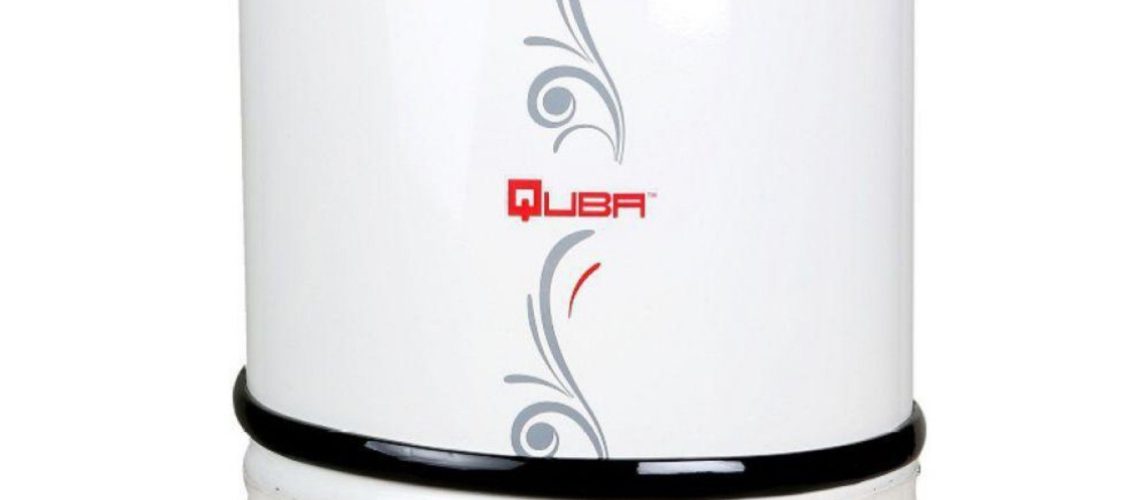Gyser

A geyser is an appliance used to heat water for various purposes like bathing, washing, and cleaning. They are a common fixture in most Indian households, especially in regions with colder climates.
Types of Geysers Available:
Primarily, you’ll find two main types of geysers in the market:
-
Storage Geysers (Tank Water Heaters):
- These are the most common type.
- They have an insulated tank that stores and heats a specific volume of water (typically ranging from 6 liters to 35 liters or more).
- They take some time to heat the water initially, but once heated, a constant supply of hot water is available until the tank is depleted.
- Good for families or households with a higher demand for hot water.
- Generally consume more electricity over a longer duration.
-
Instant Geysers (Tankless Water Heaters):
- These are smaller and more compact.
- They heat water as it flows through the unit, providing hot water on demand almost instantly.
- Energy-efficient as they only heat water when needed.
- Ideal for smaller families, kitchens, or bathrooms where hot water is required for short durations.
- Have a higher wattage heating element to heat water quickly.
Besides these, you might also find:
- Gas Geysers: These use LPG or PNG to heat water. They heat water quickly and can be economical if gas is readily available. However, safety is a significant concern due to the risk of gas leakage, and proper ventilation is crucial. They work even during power outages.
- Solar Water Heaters: These are eco-friendly and use solar energy to heat water. They have a higher initial cost but offer long-term savings on electricity bills. They require sufficient sunlight and rooftop space for installation.
- Heat Pump Water Heaters: These extract heat from the surrounding air to heat water and are very energy-efficient.
Working Principle:
- Electric Geysers: They work by passing electricity through a heating element immersed in the water tank (for storage types) or a heat exchanger (for instant types). This electrical energy is converted into heat, raising the water temperature. A thermostat controls the heating element to maintain the desired water temperature and prevent overheating.
- Gas Geysers: They have a gas burner that ignites when water flows through the unit. The heat from the flame is transferred to the water, heating it rapidly.
- Solar Geysers: Solar panels on the roof absorb sunlight and convert it into heat, which is then used to heat water stored in an insulated tank.
Safety Features to Look For:
Safety is paramount when choosing and using a geyser. Look for these features:
- Safety Valve: Releases excess pressure from the tank to prevent explosions due to overheating.
- Thermal Cut-out: Automatically cuts off the power supply if the water temperature exceeds a safe limit.
- Multi-function Safety Valve: May include pressure release, non-return, and anti-vacuum functions.
- Corrosion Protection: Features like anode rods and glass-lined or titanium enamel tanks prevent rust and extend the geyser’s life.
- Thermostat: For accurate temperature control.
- Earth Leakage Circuit Breaker (ELCB): Protects against electric shocks by cutting off the power in case of a leakage.
- Child Safety Mode: Some advanced geysers have modes that limit the maximum temperature.